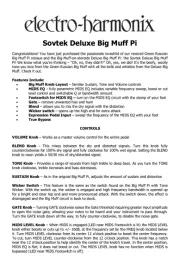Electro Harmonix Stereo Polyphase Handleiding
Electro Harmonix
Niet gecategoriseerd
Stereo Polyphase
Bekijk gratis de handleiding van Electro Harmonix Stereo Polyphase (4 pagina’s), behorend tot de categorie Niet gecategoriseerd. Deze gids werd als nuttig beoordeeld door 58 mensen en kreeg gemiddeld 4.4 sterren uit 29.5 reviews. Heb je een vraag over Electro Harmonix Stereo Polyphase of wil je andere gebruikers van dit product iets vragen? Stel een vraag
Pagina 1/4

STEREO POLYPHASE
PHASE SHIFTER
Congratulations on your purchase of the Stereo Polyphase, an envelope
follower and LFO controlled phase shifter. The Stereo Polyphase is a
spectacular phase shifter that uses optocouplers to produce a smooth,
liquidy tone that can elevate your playing out of this world. Unlike most
phase shifters, the Stereo Polyphase FEEDBACK control gives you the
ability to vary the sound of the phase shifter, so that you have the final say
on the character of the phase shifter’s tone.
The Stereo Polyphase allows for optimal user control in three modes of
operation. In ENV mode the Stereo Polyphase is a phase shifter controlled
by an envelope follower. In LFO mode the Stereo Polyphase is a phase
shifter controlled by a low-frequency oscillator. In EXP mode use an
expression pedal (not included) to control the phase shifter. You may also
use an expression pedal in LFO mode or in ENV mode to control the range
of the phase shifter. Hook up the Stereo Polyphase in stereo (each output
to a separate amp/mixer channel) for a broad stereo image.
— — POWER
— — CONTROLS
FEEDBACK Knob Controls the amount of signal fedback from the output of the phase –
shifter circuit back into the input of the phase shifter circuit. As you turn the feedback control
up, the phase shift effect will sound more pronounced and even sound ‘pe ky’ at high settings. a
The FEEDBACK knob is always active.
MODE Knob – When set to ENV the phase shifter is controlled by an envelope follower.
When set to LFO the phase shifter is controlled by a low-frequency oscillator. When set to
EXP the phase shifter is controlled by an expression pedal (not included).
WARNING:
Your unit comes equipped with a 24 Volt/100mA AC external power
adapter.
Use only the power adapter supplied
, and make sure it is appropriate to
your location (USA, Europe, Japan, Australia). Use of the wrong adapter can cause
damage to the unit or to you, and will void the warranty. Connect the included
24VDC/100mA AC Adapter to the Power Jack, located at the top-center of the Stereo
Polyphase.

GAIN Knob/OVERLOAD LED –Active ONLY in ENV mode. Controls the sensitivity of
the envelope follower circuit. In ENV mode, an envelope follower controls the phase shifter.
This means that the amplitude of the input signal (your instrument) will determine the
response of the phase shifter. Use the GAIN knob to set the amplitude of the envelope
follower circuit. When the output of the GAIN knob exceeds the maximum amount of phase
shift, the OVERLOAD LED will light up. When you rst begin using the ENV setting, we
suggest you turn the GAIN knob up enough so that the OVERLOAD LED briey lights up on
most of your notes. Please note the OVERLOAD LED may light up when the mode knob is
set to either LED or EXP modes but the envelope follower will not modulate the phase shifter
in these modes.
START Knob – Sets the START point of the phase shifter’s range.
STOP Knob –Sets the STOP point of the phase shifter’s range.
A Note on RANGE of modulation:
The dierence between the START and STOP knobs determines the RANGE of modulation.
For maximum RANGE set and START knob to minimum and the STOP knob to maximum,
or vice versa. As you move the START and STOP knobs closer together, you will decrease the
RANGE of modulation. These knobs can also be used together to voice the phase shifter. If
you put both knobs at their minimum positions and turn them simultaneously to the maximum
position, while playing, you will hear the range of sounds available to you.
A Note on DIRECTION of modulation:
The relative position of the START and STOP knobs also determines the DIRECTION of
modulation. For example, when using the ENV setting, if START is below STOP, when you
pluck a note the phase shifter will jump up from the START position to the STOP position,
then slowly descend back to the START. The opposite will happen if STOP is set below
START.
RATE Knob – Active in LFO mode only. Controls the speed of modulation by adjusting the
LFO’s rate of oscillation.
Toggle Switc h –In ENV mode the toggle switch determines the speed at which the phase
shifter reacts to your playing. When set to FAST the envelope follower will respond quickly to
your playing. When set to SLOW the envelope follower will respond slowly to your playin g.
In LFO mode the toggle switch determines the shape of oscillation. In the UP position the
LFO will produce a triangle wave, giving the phase shifter a smooth modulation from the
START to STOP settings. In the DOWN position the LFO will produce a square wave
oscillation and the phase will jump between the START and the STOP settings.

EXPRESSION PEDAL/EXP MODE –In EXP mode the phase shifter circuit is controlled
by an expression pedal or control voltage. In this mode, the GAIN and RATE knobs are
inactive. The START -and STOP knobs will determine the range of modulation. The ‘toe up’
position of the expression pedal corresponds to the setting of the START knob. The ‘toe-
down’ position corresponds to the setting of the STOP knob. As you move the expression
pedal from ‘toe up’ to ‘toe down’ the phase shifter will move from the START to STOP - -
settings.
The expression pedal may also be used in ENV mode and in LFO mode. Use the START and
STOP knobs to determine the RANGE of modulation. When the expression - pedal is ‘toe up’
the envelope and LFO will modulate over the full range set by the START and STOP knobs.
As you move the expression pedal to ‘toe down’ the ENV and LFO RANGE will decrease -
towards the point set by the STOP knob.
FOOTSWITCH/STATUS LED The footswitch engages/disengages the eect. If the eect –
is engaged, the LED will light up. In true-bypass mode, the LED is o.
INPUT Jack – Connect your instrument’s output to this ¼” mono jack. The input impedance
presented at this jack is 380 kohms .
MAIN OUT Jack –Connect this ¼” mono jack to your amplifier’s input. The output
impedance presented at this jack is 250 ohms. When using the Stereo Polyphase as a mono
device we recommend you use the MAIN OUT jack.
STEREO OUT Jack o– Connect this ¼” m no jack to your second amplifier’s input. The
output impedance presented at this jack is 250 ohm. When using the Stereo Polyphase as a
stereo device use the STEREO OUT jack for your second channel.
EXP. PEDAL Jack –Connect this ¼” stereo jack to your expression pedal. The
expression pedal must have a connection for a TRS cable, stereo ¼”. You cannot use
a volume pedal. We recommend the following expression pedals: M-Audio EX-P,
Moog Expression Pedal, and Roland EV-5. You may also connect a Control Voltage,
from a synthesizer for example, to the Exp. Pedal Jack. The Control Voltage must be
between 0V~5V.
Product specificaties
| Merk: | Electro Harmonix |
| Categorie: | Niet gecategoriseerd |
| Model: | Stereo Polyphase |
Heb je hulp nodig?
Als je hulp nodig hebt met Electro Harmonix Stereo Polyphase stel dan hieronder een vraag en andere gebruikers zullen je antwoorden
Handleiding Niet gecategoriseerd Electro Harmonix
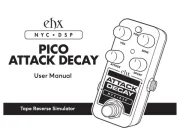
15 Mei 2025

2 April 2025

1 April 2025

4 December 2024

16 November 2024

16 November 2024

16 November 2024

16 November 2024

12 November 2024
Handleiding Niet gecategoriseerd
- ZCover
- Hubble Connected
- Mammut
- CLIMAQUA
- Steinberg
- Edikio
- Intermatic
- Black Diamond
- GAM
- MYVU
- R-Go Tools
- MKC power
- Nintendo
- Hotone
- Prixton
Nieuwste handleidingen voor Niet gecategoriseerd
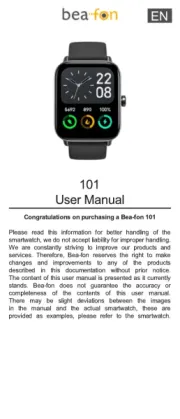
1 Augustus 2025
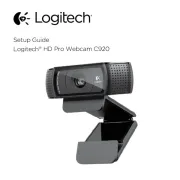
1 Augustus 2025
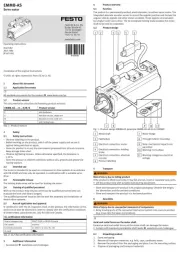
1 Augustus 2025
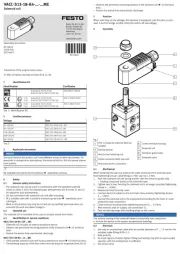
1 Augustus 2025
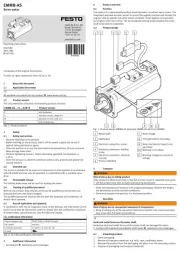
1 Augustus 2025
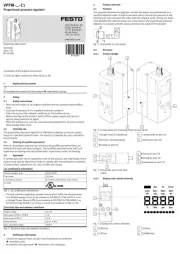
1 Augustus 2025
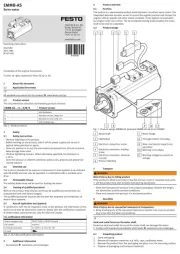
1 Augustus 2025
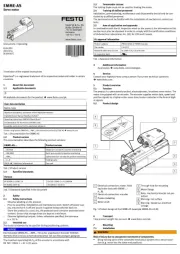
1 Augustus 2025
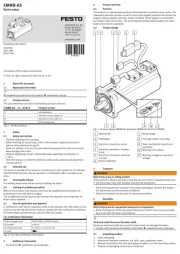
1 Augustus 2025
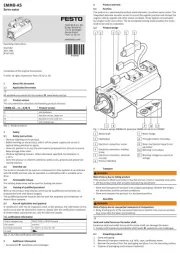
1 Augustus 2025
